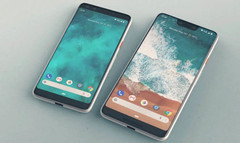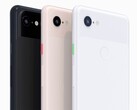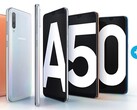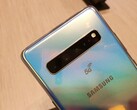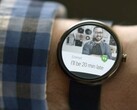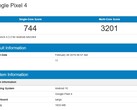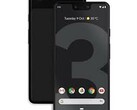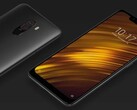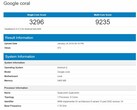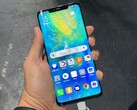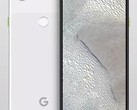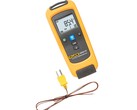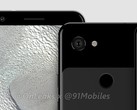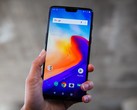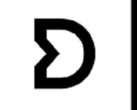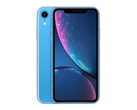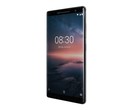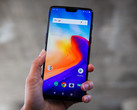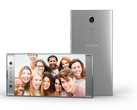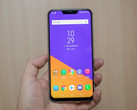Google’s Pixels may have their issues but no one can doubt the fact that the flagships have, at the very least, always delivered industry-leading camera performance and equally impressive software experience. The first of those two was tested extensively by DxOMark yesterday, as the Google Pixel 3 made its way to the photography benchmarking website for evaluation.
The Pixel 3 left the stables of DxOMark with a handsome overall score of 101, the exact same score the iPhone XR earned. It’s rather interesting that both phones are the only flagships with a single rear camera, and both end up with the same overall score. A score of 101 puts the Pixel 3 above the Samsung Galaxy S9+ (99), Xiaomi’s Mi 8 (99), and the OnePlus 6T (98). It also sees the Pixel 3 land behind other flagships like the Samsung Galaxy Note 9 (103), and iPhone XS Max (105).
In the still photography score, the Pixel 3 earned a score of 103, slightly worse than the Huawei P20 (107) and Samsung Galaxy Note 9 (107) but on par with devices like the Mi 8 (105) and Samsung Galaxy S9+ (104). Notable weaknesses include noise in lowlight conditions and occasional ghosting and color fringing.
The Pixel 3’s bokeh score of 50 is among the lowest, with devices like the Huawei P20 scoring as high as 65 in that aspect. The zoom score of 47 is equally as disappointing—the Note 9 and S9+ leaving with scores of 66 and 65 respectively. It’s obvious that the phone’s single rear camera limits it in these aspects.
In the video segment, the Pixel 3 managed a score of 98, head and shoulders above phones like the Galaxy Note 9 (94), Huawei P20 (94), and Mi 8 (88), but on par with the leading P20 Pro (98) and iPhone XS Max (96). Most users have panned the Pixel 3’s video capabilities, so this comes as something of a surprise. Notable weaknesses include occasional color dullness and slight jerkiness when autofocusing in lowlight conditions.
All in all, there’s not much to complain about the Pixel 3’s scores. While a score of 103 in the photography department may be a bit underwhelming, it’s important to note that the score is a summary of more defined individual capabilities. In the Pixel 3’s case, it was let down by sub-par zoom and bokeh—both of which are a result of using just one rear camera.
For some perspective, the iPhone XR, another flagship with just one rear camera, scored 35 in both the zoom and bokeh categories. That considered, it’s impressive what Google managed to do with just software in those categories. We can also see the Pixel 3 excel in the video category—one in which more cameras sensors are inconsequential for the most part.
Scores notwithstanding, few would argue against the idea that the Pixel 3 remains one of the best shooters in the business today. It may fail to match the competition in a few departments but there just may be no smartphone as capable as it in casual point-and-shoot photography, which is what we believe to be Google’s focus.


